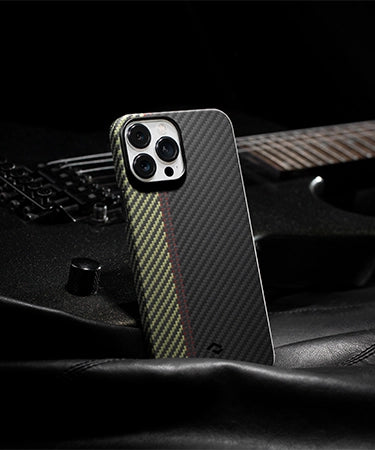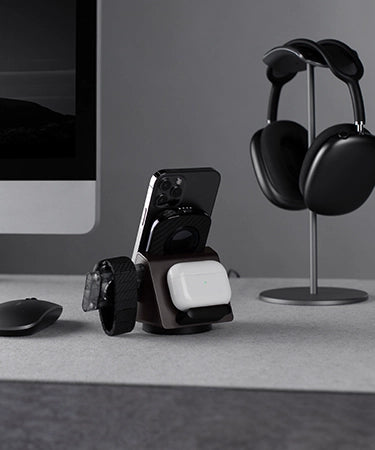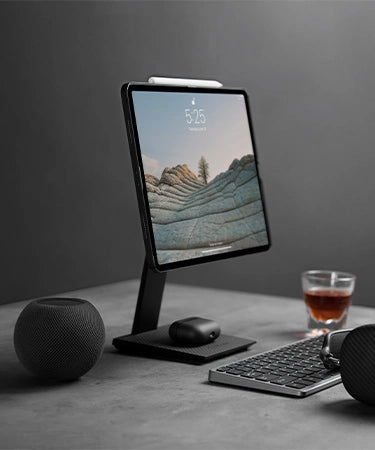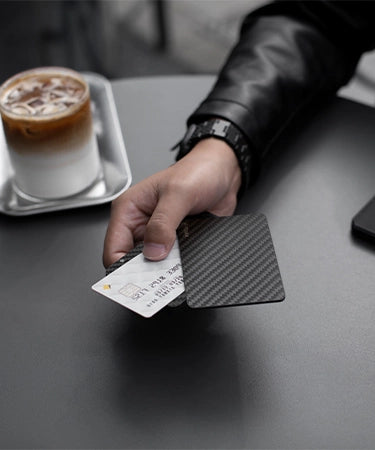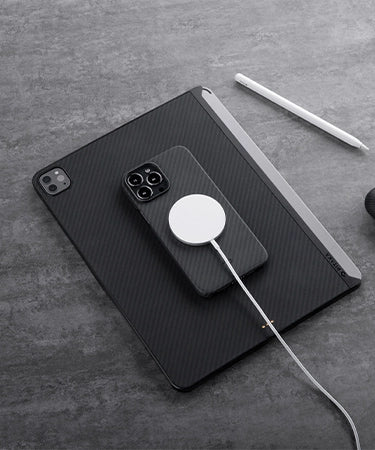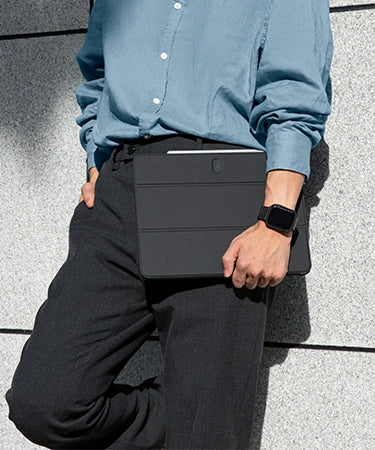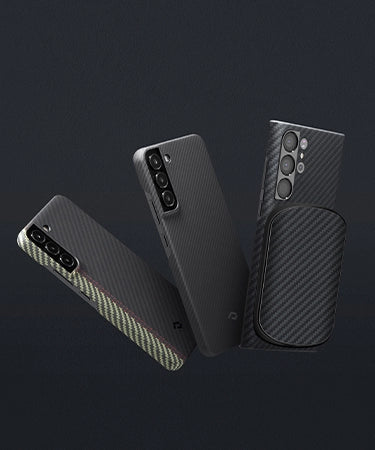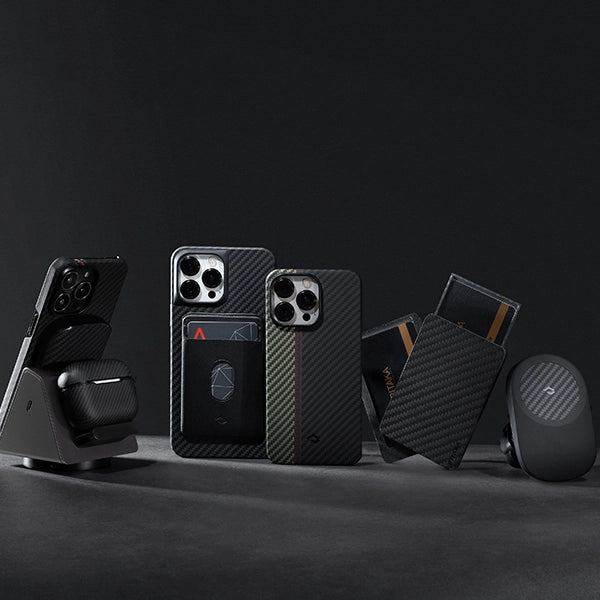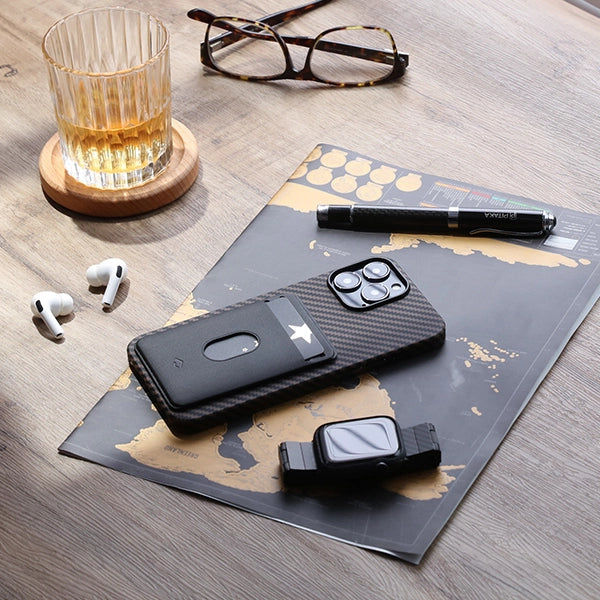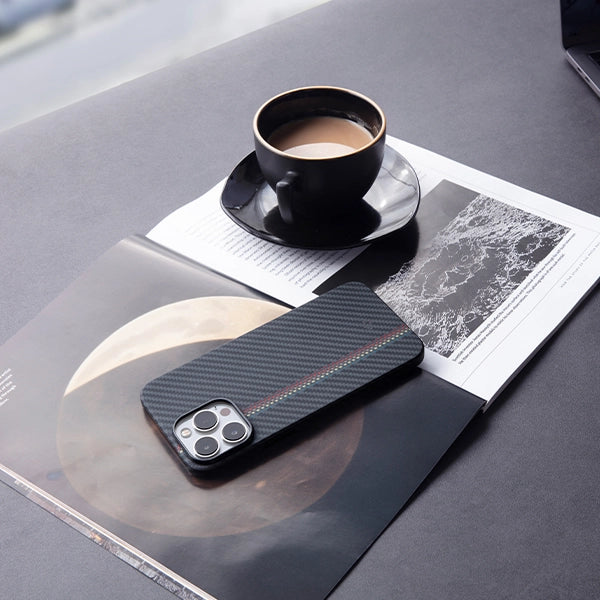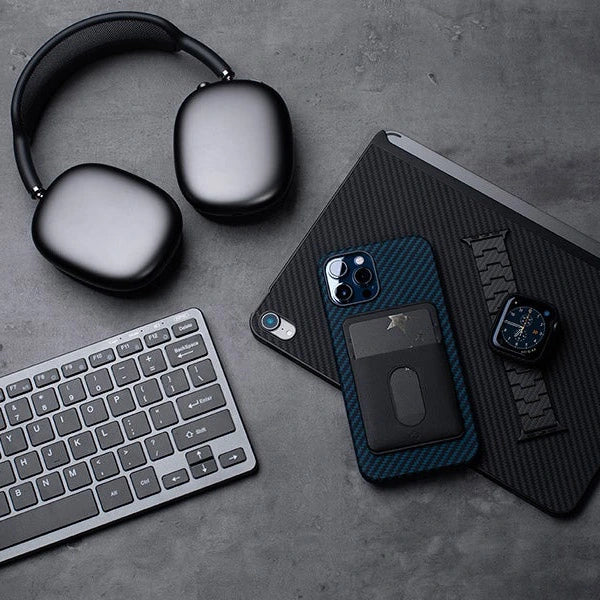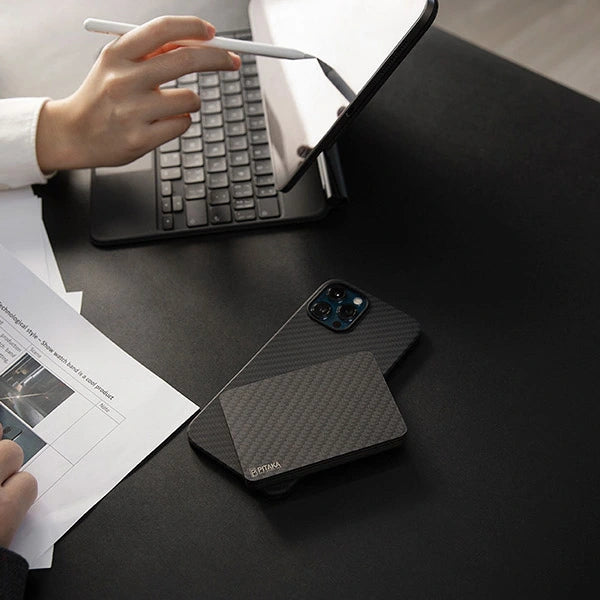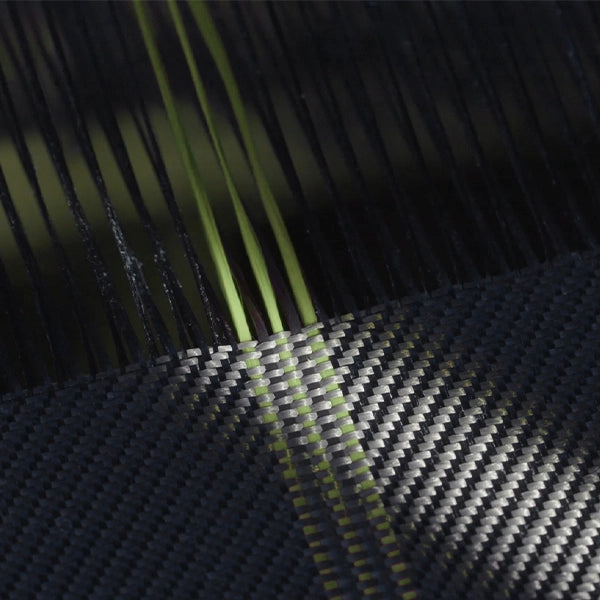
If you are holding your phone, swiping the touch screen, reading this article, just stop for a second and take a look at the front of your phone, the screen is made from glass and I highly suspect that you are not at all surprised. Now flip over your phone and look carefully at the back, is that made from glass too? If it is, you have probably got one of the more expensive flagship smartphones.
These glass-backed designs can be traced back to more than nine years ago when Apple released the iPhone 4. As of today, it’s not only Apple that utilize this design, other phone brands are also making glass backed phones, often distinguishing them as more expensive.
How many glass-backed smartphones are there on the market now?
Even though Apple used glass to make the back of the iPhone in 2010, it switched back to metal for subsequent designs. At that time, glass was not a common material for the back as it’s genuinely fragile and glass-backed smartphones were numbered. However, things changed in 2017 when the glass-backed iPhone returned and others started to follow.

Based on the survey from Counterpoint, the overall number of smartphones with glass backs will reach an all-time high of 60% by the end of 2020, whilst back in 2016 this figure was just 7%. Today, most of the flagship phones from the competing brands feature a glass back design, including the latest iPhone 11, the Samsung Note 10+, the Google Pixel 4 and the Huawei P30 Pro, you name it, they have it and glass-backed smartphones are definitely the current trend.

Why has the glass back becomes popular on smartphones?
Glass, fragile though it is, has several advantages when compared to other materials such as Aluminum, historically very popular for the back of a smartphone. Glass is easier to mold and it can become very smooth after repeated polishing, with a much better translucent look and feel than hard, silver aluminum. More importantly, glass is RF transmission friendly. Radio waves can easily pass through which means that your LTE, Wi-Fi, and Bluetooth signals will not be affected.

Now you may be wondering why glass was not commonly used in smartphones in the early years. Why has glass become so popular in recent years? Well, the key is related to one of the biggest trends in the consumer electronics industry, wireless charging. Since the advent of wireless charging and wireless chargers, smartphone manufacturers have been on a pathway to getting rid of cords one step at a time. If the back of a smartphone is made from metal, this is too dense to efficiently transfer electricity which makes wireless charging ineffective. Glass, despite its flaws, is the friendliest to wireless charging.

There is no doubt glass will continue to be the material of choice for phone makers who want to embrace the ever-expanding world of wireless charging.
Are glass-backed smartphones more fragile than those made of Metal?
If you’ve ever seen a cracked touch screen, you’ll know exactly how fragile glass really is. Replacing a smashed screen is not cheap, but do you know that it costs even more to replace the glass back than the front screen?
So why do phone makers prefer the glass back design if they are so fragile?
Phone makers, including Apple, knew the truth long before the consumer did, but this did not deter them from using glass, instead they engineered new glass compounds to improve it. Take Corning for example, Apple’s partner. In 2008, Corning developed the first generation of chemically strengthened glass called Gorilla Glass and Apple was the first to use it for the iPhone 4. Since those early days, Corning has continued to advance and strengthen Gorilla Glass making it more durable and tough, all to help the thinner smartphones survive drops from greater heights. Last year, Gorilla Glass 6 was unveiled and it can be seen on the back of the iPhone 11. This new generation of glass can survive 15 consecutive drops from 1 meter onto a rough surface, its widely considered the most durable Gorilla Glass ever. KGI Securities analyst Ming-Chi Kuo believes that the new glass iPhone will prove just as durable as the recent aluminum models.
Glass is still glass
There is no denying that glass is an excellent material with which to make phone backs from. However, a glass back can still be scratched or smashed, the same as many other materials. If you aren’t careful with your new handheld device, you will end up having to pay a high repair fee or even a new phone. Apple charges over $500 to repair the glass back of an iPhone 11 if you don’t have AppleCare+.
It’s because of this that Phone cases are now even more important. They protect glass backs from scratches and reduce the risk of smashing. But what if you don’t want to add any more weight or bulk to your phone, no problem. There are various different phone cases that meet different needs. You will find the most minimalist phone cases to give you a smooth feel as though your phone was naked, and this type of protection is better than none. Then there are highly protective cases to provide all-round protection for your phone, some will say that you can never be too careful.

Conclusion
Whether you like it or not, most smartphones will end up with a glass back in the near future, so you’d better get used to it.
But don’t be worried about a glass back, technology is advancing every day and it’s “hard” to imagine how strong glass will become.
